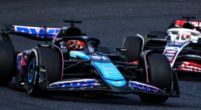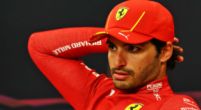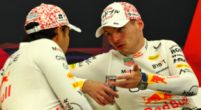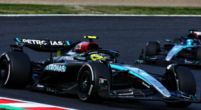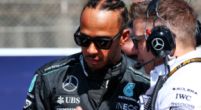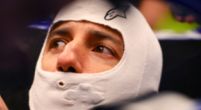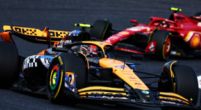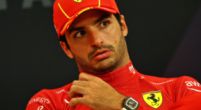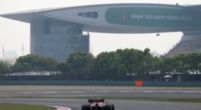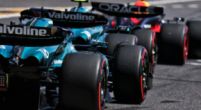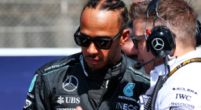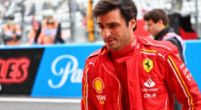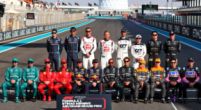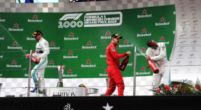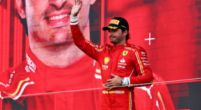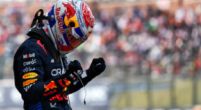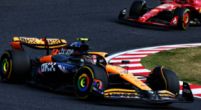General
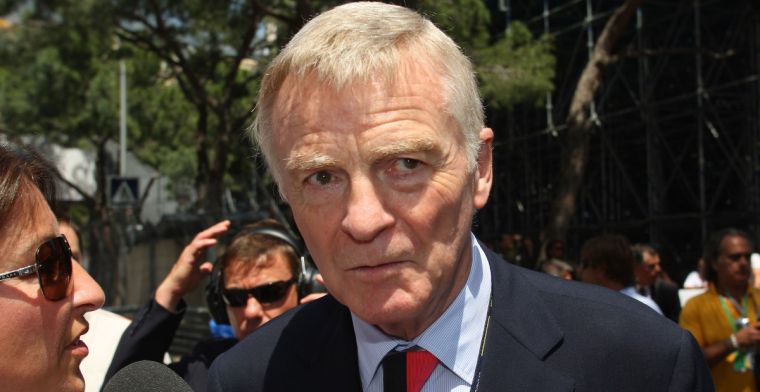
Examples from Formula 1 and IndyCar show similar blueprint for 'Super League'
The formation of a 'Super League' by the 12 richest football clubs in Europe has dominated the sports news in recent days. It is a remarkable attempt at a power grab that has the potential to change international football forever. Such a plan is not unique, certainly not in the world of motorsport, where such a situation has been encountered before.
A situation in which the major teams in a racing class no longer accept the authority of an umbrella organisation and think they can set up a more attractive championship on their own is more common than you perhaps might think. In Formula 1, this has almost happened twice.
Dispute between FISA and FOCA
The first time it happened was in the early 80s, when the FISA (predecessor of the FIA) was challenged over a period of several years by the FOCA, the interest group of a part of the teams, led by Bernie Ecclestone who at the time was the owner of Brabham. These teams thought that FISA was giving too much preferential treatment to the constructors (at the time Ferrari, Renault and Alfa Romeo) and wanted a fairer distribution of income.
Under the name 'World Federation of Motorsport,' they even started their own championship in 1980. Due to the absence of Ferrari the first race was such a flop that it was not repeated. So in 1982, the FOCA teams tried to push through their demands in a different way. This time with a boycott of the San Marino Grand Prix. The FOCA couldn't keep a proper grip and a number of FOCA teams decided to enter the race after all.
The dispute dragged on during the rest of the eighties whereby FISA provided some stability with the Concorde Agreement. The dispute finally came to an end when Bernie Ecclestone and Max Mosley were given an important role in what would from then on be known as the FIA.
FIA versus FOTA
Ecclestone and Mosley would 20 years later be on the other side of the table in the dispute between the FIA and FOTA (a successor of FOCA, this time including Ferrari). Due to the financial crisis in 2008, Mosley had the idea to introduce a budget cap of 30 million Euros. This was of course not acceptable for the many constructors who participated at that time.
At the 2009 Monaco Grand Prix, the FOTA unanimously decided that they would all leave the sport if Mosley implemented his plans for 2010. Just three days later, on the other hand, Williams announced that they would still commit to the FIA and Formula 1 unconditionally. A few weeks later Force India did the same.
The eight remaining teams initially held firm, after which Mosley raised the proposed budget limit to 45 million Euros. But even that proposal would fail. The FIA finally gave in to the wishes of the manufacturers and Mosley had to step aside. However, this resolution was not enough to keep BMW and Toyota in the sport. They said goodbye to F1 for 2010.
The two examples of F1 teams threatening to set up their own championship show that it can be a successful means to put pressure on an umbrella organisation. It also shows that it is very difficult to keep all teams on board in case of an actual split.
The Split between the IRL and CART
But what if the plan followed through? In motorsport, the most famous example of this is of course the split between the IRL and CART in the United States. A decision that the current IndyCar championship is still suffering the negative consequences of.
In the late '70s the teams had already united under the name CART (Championship Auto Racing Teams) and had separated from the USAC (the American version of the FIA). The organisation of the Indy 500 however was still in the hands of the USAC and the teams were so dependent on it for their income that they had to operate by the grace of the USAC until the nineties.
The big teams started to feel that given the money they were spending, they were entitled to more of a say in the sport. That story sounds familiar by now. They found the USAC increasingly too conservative, while Tony George (the owner of the Indianapolis Motor Speedway) was an opponent of the ever-increasing costs and the further internationalisation of the racing class.
George, therefore, decided to create his own racing class, the Indy Racing League (IRL). The teams in this class would automatically be entitled to 25 of the 33 starting places for the Indy 500, which meant that a large part of the CART field couldn't compete in the most important race of the year anyway. The other CART teams showed solidarity with each other and so 'The Split' was a fact.
From 1996 onwards there were two open-wheel championships in the United States. CART had the best teams and drivers, but the IRL had the Indianapolis 500. Sportingly, those first years of the standalone CART championship were a great success. The class approached the professionalism of Formula 1 without losing the competitiveness between the teams.
In Europe, the class was more popular than ever, but the domestic market proved decisive. Because of the split, within a few years, the American public completely lost their interest in the IRL, but especially CART, where more and more foreigners participated. The big teams of Penske and Ganassi saw already in 2001 that it was going the wrong way and joined the IRL to keep their relevance through the Indy 500.
CART tried to make a new start with the Champ Car World Series, but it was a mission without a chance. The class went bankrupt and in early 2008, the remaining teams merged with the IRL to form the renewed IndyCar Championship. Since then the class has climbed out of the valley, but the popularity of pre-1995 has never been reached again.






